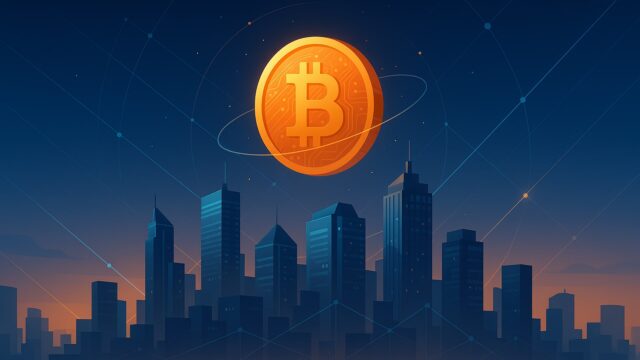
When growth started on Streets of Rage in 1990, Yuzo Koshiro was assigned to put in writing the soundtrack. He was residing by way of an period of innovation in music manufacturing – the time of home, techno, and hard-hitting hip hop. Rather than stick with the established sounds of the Mega Drive, Koshiro resolved to emulate the drum machines that gave the golf equipment their distinctive slap.
His work gave Streets of Rage a vitality that made it a basic. And with that reverence got here a form of conservatism. Now Streets of Rage is an object of nostalgia, and it’s straightforward to neglect that the very factor that acquired it there was a courageous and modern strategy.
It’s this steadiness that DotEmu is wrestling with, like a thug on the sidewalk, in creating Streets of Rage 4. CEO Cyrille Imbert makes use of the phrase “legacy” loads in our dialog concerning the unlikely new sequel, however is eager to keep away from artistic conservatism – as an alternative trying to the forward-thinking spirit of Koshiro for instance.
“It was crazy back in the day, he took some risks,” Imbert tells us. “Technically he was awesome, nobody could do that at the time in terms of quality of sound, but at the same time it was ballsy to use electronic music – it was very modern and edgy. That’s the same spirit we want to work with. We don’t want to do an old-school soundtrack, we want something that feels like Streets of Rage with modern music.”
Pitching a brand new Streets of Rage to Sega – after a break of greater than twenty years – appears to have gone remarkably easily. But that’s testomony to the groundwork DotEmu performed beforehand. First, the writer established belief by making successful of Wonder Boy: The Dragon’s Trap, reviving the venerable platformer for a contemporary console viewers.
Second, DotEmu assembled the right group – two groups, actually. The vivid city imaginative and prescient you may see within the Streets of Rage Four trailer comes from Ben Fiquet, the artwork director at Wonder Boy developer Lizardcube. “He started to make some drawings of Axel and Blaze,” Imbert says, “and they were amazing.”
Beneath that muscular exterior will beat the game design and programming of a studio referred to as Guard Crush. “They’ve been working for the past ten years with the Streets of Rage community on one game, which is called Streets of Fury,” Imbert explains. “It’s not the prettiest, but it’s super nice in terms of game design, programming, flow, and everything.”
Only as soon as Guard Crush had turn into the Axel to Lizardcube’s Blaze did Imbert fly to Japan to safe Sega’s blessings for Streets of Rage 4. With that secured, the groups started to fiddle with the Streets of Fury engine, trying again to work out how one can deliver Streets of Rage ahead.
“We don’t want to make a fan game,” Imbert says. “It’s not a remake, it’s a sequel, so we need to have our own convictions as fans. Legacy is important – as fans we have the legacy in us – but from there we know how to build new games as well. That’s really what we want to do.”
We don’t need to make a fan game
One new mechanic the groups are notably happy with is juggling – their time period for throwing enemies backwards and forwards between gamers like circus balls. “At some point with one of the devs, I juggled for maybe 30 seconds non-stop, laughing like hell,” Imbert remembers. “It was so fucking good.”
It’s straightforward to see how that pleasure would possibly match Streets of Rage, because it’s at all times been a cooperative expertise, whereas its friends have been head-to-head and far much less intimidating for it. It’s straightforward to think about, too, the modern implications – the YouTube movies of 60-minute juggles with 40okay views.
It have to be tempting to tug from the fashionable world that surrounds games now – stuffing Streets of Rage Four with aggressive modes to encourage professional play. But Imbert is evident on the place the boundaries of the sequence lie. “The balance needs to be against the computer, not against your friends. It’s not really the point of the game.”
“I think what could be interesting would be speedrunning,” he provides. “I know the game designer is really fond of speedrunning. But that’s the only competitive aspect that will be in the game.”
DotEmu and its collaborators are already assured that Streets of Rage Four captures the texture of its predecessors. It boasts parallels to these basic B-movie backgrounds and exquisitely outnumbered fight encounters that encourage you to work out precisely who you’re going to hit and in what order. But the dev groups intend that it gained’t be /simply/ that. It’ll be one thing extra modern, extra very important.
“When you see the movement of Blaze, we’re very proud already that it feels like Streets of Rage,” Imbert says, with a pause. “But it feels better.”
Source




